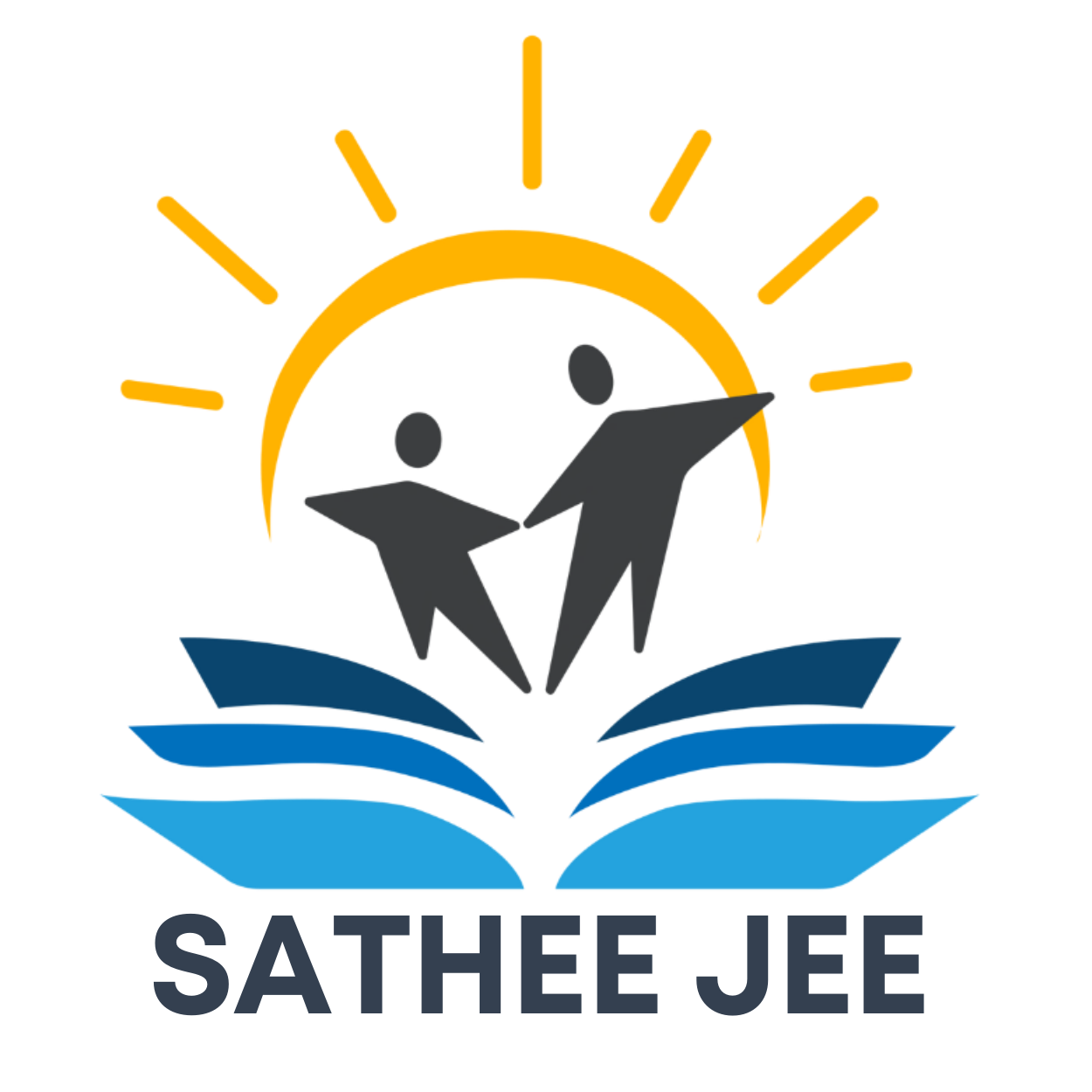knowledge-route Maths10 Cha5
title: “Lata knowledge-route-Class10-Math1-2 Merged.Pdf(1)” type: “reveal” weight: 1
PROBABILITY
PROBABILITY
15.1 EXPERIMENT :
The word experiment means an operation, which can produce well defined outcomes. The are two types of experiment : (i) Deterministic experiment (ii) Probabilistic or Random experiment
(i) Deterministic Experiment : Those experiment which when repeated under identical conditions, produced the same results or outcome are known as deterministic experiment. For example, Physics or Chemistry experiments performed under identical conditions.
(ii) Probabilistic or Random Experiment :- In an experiment, when repeated under identical conditions donot produce the same outcomes every time. For example, in tossing a coin, one is not sure that if a head or tail will be obtained. So it is a random experiment.
Sample space : The set of all possible out comes of a random experiment is called a sample space associated with it and is generally denoted by
Even : A subset of sample space associated with a random experiment is called an event. For example, In tossing a dive getting an even no is an event.
Favorable Event : Let
PROBABILITY
15.2 PROBABILITY :
If there are
Thus,
And
If,
If,
Where
PROBABILITY
ILLUSTRATIONS :
Ex. 1 A box contains 5 red balls, 4 green balls and 7 white balls. A ball is drawn at random from the box. Find the probability that the ball drawn is (i) white (ii) neither red nor white
PROBABILITY
Sol. Total number of balls in the bag
(i) There are 7 white balls in the bag.
Hence,
(ii) There are 4 balls that are neither red nor white
Hence,
PROBABILITY
Ex. 2 All the three face cards of spades are removed from a well-shuffled pack of 52 cards. A card is then drawn at random from the remaining pack. Find the probability of getting
(i) black face card
(ii) a queen
(iii) a black card.
[CBSE - 2007]
PROBABILITY
Sol. After removing three face cards of spades (king, queen, jack) from a deck of 52 playing cards, there are 49 cards left in the pack. Out of these 49 cards one card can be chosen in 49 ways.
Hence,
(ii) There are 3 queens in the remaining 49 cards. So, out of these three queens, on queen can be chosen in 3 ways
Hence
(iii) There are 23 black cards in the remaining 49 cards, So, out to these 23 black card, one black card can be chosen in 23 ways
Hence,
PROBABILITY
Ex. 3 A die is thrown, Find the probability of
(i) prime number
(ii) multiple of 2 or 3
(iii) a number greater than 3
PROBABILITY
Sol. In a single throw of die any one of six numbers 1,2,3,4,5,6 can be obtained. Therefore, the tome number of elementary events associated with the random experiment of throwing a die is 6.
(i) Let A denote the event “Getting a prime no”. Clearly, event A occurs if any one of 2,3,5 comes as out come.
Hence,
(ii) An multiple of 2 or 3 is obtained if we obtain one of the numbers 2,3,4,6 as out comes
Hence,
(iii) The event “Getting a number greater than 3” will occur, if we obtain one of number 4,5,6 as an out come.
Hence, required probability
PROBABILITY
Ex. 4 Two unbiased coins are tossed simultaneously. Find the probability of getting
(i) two heads
(ii) at least one head
(iii) at most one head.
PROBABILITY
Sol. If two unbiased coins are tossed simultaneously, we obtain any one of the following as an out come :
(i) Two heads are obtained if elementary event
Hence,
(ii) At least one head is obtained if any one of the following elementary events happen :
Hence
(iii) If one of the elementary events
PROBABILITY
Ex. 5 A box contains 20 balls bearing numbers, 1,2,3,4…..20. A ball is drawn at random from the box. What is the probability that the number of the ball is
(i) an odd number
(ii) divisible by 2 or 3
(iii) prime number
PROBABILITY
Sol. Here, total numbers are 20.
(i) The number selected will be odd number, if it is elected from 1,3,5,7,9,11,13,15,17,19
Hence,
(ii) Number divisible by 2 or 3 are
(iii) There are 8 prime number from 1 to 20 i.e.,
PROBABILITY
Ex. 6 A die is drop at random on the rectangular region as shown in figure. What is the probability that it will land inside the circle with diameter
PROBABILITY
Sol. Area of rectangular region
Area of circle
PROBABILITY
DAILY PRACTICE PROBLEMS 15
OBJECTIVE DPP - 15.1
1. If there coins are tossed simultaneously, then the probability of getting at least two heads, is
(A)
(B)
(C)
(D)
PROBABILITY
| Que. | 1 |
|---|---|
| Ans. | C |
PROBABILITY
2. A bag contains three green marbles four blue marbles, and two orange marbles. If marble is picked at random, then the probability that it is not a orange marble is
(A)
(B)
(C)
(D)
PROBABILITY
| Que. | 2 |
|---|---|
| Ans. | D |
PROBABILITY
3. A number is selected from number 1 to 27 . The probability that it is prime is
(A)
(B)
(C)
(D)
PROBABILITY
| Que. | 3 |
|---|---|
| Ans. | C |
PROBABILITY
4.
(A) -0.05
(B) 0.5
(C) 0.9
(D) 0.95
PROBABILITY
| Que. | 4 |
|---|---|
| Ans. | D |
PROBABILITY
5. A bulb is taken out at random from a box of 600 electric bulbs that contains 12 defective bulbs. Then the probability of a non-defective bulb is
(A) 0.02
(B) 0.98
(C) 0.50
(D) None
PROBABILITY
| Que. | 5 |
|---|---|
| Ans. | B |
PROBABILITY
SUBJECTIVE DPP - 15.2
1. To dice are thrown simultaneously. Find the probability of getting :
(i) An even number of the sum
(ii) The sum as a prime number
(iii) A total of at least 10
(iv) A multiple of 2 on one dice and a multiple of 3 on the other.
PROBABILITY
Sol. 1.
PROBABILITY
2. Find the probability that a leap year selected at random will contain 53 Tuesdays.
PROBABILITY
Sol. 2.
PROBABILITY
3. A bag contains 12 balls out of which
(i) If one ball is drawn at random, what is the probability it will be a white ball ?
(ii) If 6 more white balls are put in the box. The probability of drawing a white ball will be double than that is (i). Find
PROBABILITY
Sol. 3.
PROBABILITY
4. In a class, there are 18 girls and 16 boys. The class teacher wants to choose one pupil for class monitor. What she does, she writes the name of each pupil a card and puts them into a basket and mixes thoroughly. A child is asked to pick one card from the basket. What is the probability that the name written on the card is : (i) The name of a girl (ii) The name of boy?
PROBABILITY
Sol. 4.
PROBABILITY
5. The probability of selecting a green marble at random from a jar that contains only green, white and yellow marbles is
PROBABILITY
Sol. 5.
PROBABILITY
6. A card is drawn at random from a well suffled desk of playing cards. Find the probability that the card drawn is
(i) A card of spade or an ace
(iii) Neither a king nor a queen
(ii) A red king
(iv) Either a king or a queen
PROBABILITY
Sol. 6.
PROBABILITY
7. There are 30 cards of same size in a bag on which number 1 to 30 are written. One card is taken out of the bag at random. Find the probability that the number of the selected card is not divisible by 3.
PROBABILITY
Sol. 7.
PROBABILITY
8. In figure points

PROBABILITY
Sol. 8.
PROBABILITY
9. A bag contains 5 white balls, 6 red balls, 6 black balls and 8 green balls. One ball is drawn at random from the bag. Find the probability that the ball drawn is
(i) White
(ii) Red or black
(iii) Note green
(iv) Neither white nor black
[CBSE - 2006]
PROBABILITY
Sol. 9.
PROBABILITY
10. A bag contains 4 red and 6 black balls. A ball is taken out of the bag at random. Find the probability of getting a black ball.
[CBSE - 2008]
PROBABILITY
Sol. 10.
PROBABILITY
11. Cards. marked with number 5 to 50 , are placed in a box and mixed thoroughly. A card is drawn from the box at random. Find the probability that the number on the taken out card is
(i) a prime number less than 10.
(ii) a number which is a perfect square.
[CBSE - 2008]
PROBABILITY
Sol. 11.










